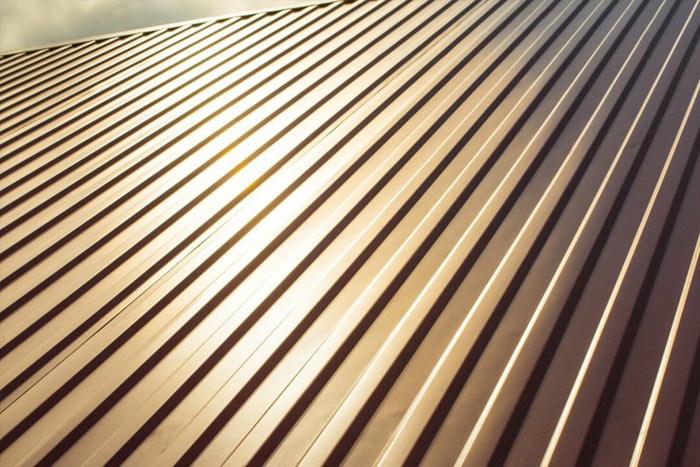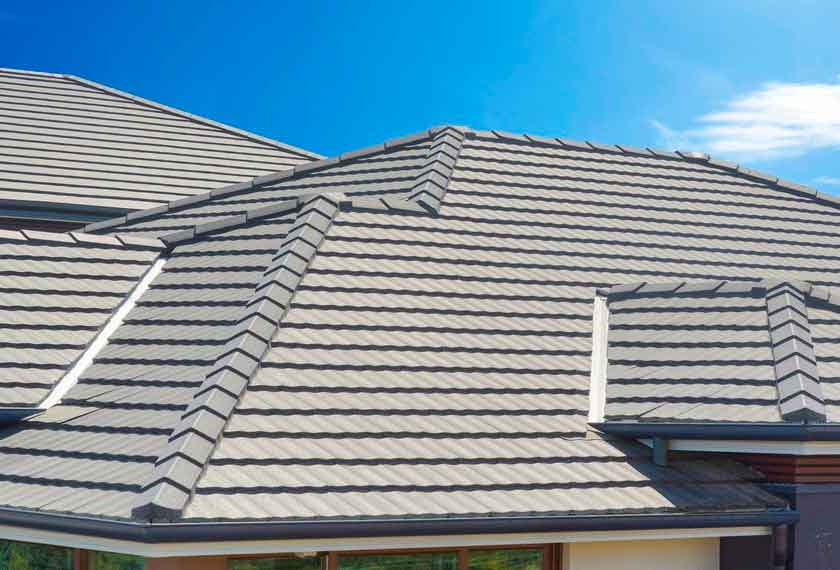Stucco is a popular building material found in many homes throughout Arizona. It offers strength and durability, yet can become damaged over time due to wear or exposure to the elements. Repairing cracks and holes in stucco requires specialized knowledge and materials, as well as some hard work. In this article, readers will learn how to properly repair cracks and holes in their stucco walls so that they can keep them looking good for years to come.
The process of repairing cracks and holes in stucco begins with gathering necessary supplies and tools, such as mortar mix, trowels, sandpaper, wire mesh, joint compound, paintbrushes and caulking gun. Once these items have been acquired, it is important to clean the area around the crack or hole thoroughly before beginning any repairs. This ensures that dirt does not interfere with the adhesive properties of the mortar used to fill the gap.
Preparation
Before attempting to repair cracks and holes in stucco, it is important to properly prepare the area. First, any loose or flaking material should be removed from the surface using a wire brush. This will help ensure that the patch adheres correctly. The area around the hole or crack should then be dampened down with water so as to prevent moisture loss during the application of the new stucco. If necessary, use a putty knife or trowel to level out irregularities before applying the patching material. Finally, make sure that you wear protective gloves and safety glasses while prepping and repairing your stucco surface.

Cleaning The Surface
Before any repair can be done to stucco, it is necessary to clean the area thoroughly. Any dirt or debris must be removed from the walls so that the repair material will bond properly with the existing surface. A pressure washer should be used for this purpose, as it provides a strong, steady stream of water which will effectively remove all contaminants. It is important to use caution when using a pressure washer since the force of the water could damage loose or weak areas in old stucco surfaces. Additionally, a mild detergent may be used to pre-treat heavily stained and contaminated surfaces prior to washing them down with a pressure washer. After cleaning has been completed, allow time for the wall to dry completely before proceeding with repairs.
Repair work cannot begin until all moisture has evaporated and the stucco is completely dry. To ensure proper drying times are achieved, take into account wind speed, temperature changes and humidity levels during preparation stages. If too much moisture is present on the surface at the time of application, these factors can cause adhesion problems between new materials and existing surfaces resulting in cracks and bubbling later on down the line.
Applying Primer
Applying primer is an important step in repairing cracks and holes in stucco. Primer creates a surface that will allow the patching material to adhere better, resulting in a successful repair. It also helps seal any moisture from entering the crack or hole which can cause further damage to the stucco.
To apply primer, start by cleaning the area around the crack or hole with soap and warm water. Rinse away all of the dirt and debris before letting it dry completely. Once dry, use a paintbrush or roller to apply two coats of masonry waterproofer-primer specifically designed for stucco repairs. Allow each coat time to set according to manufacturer’s instructions before applying another coat. This extra precaution ensures that your repair job lasts longer without needing additional maintenance down the road.
Filling Cracks And Holes
Once the primer is applied, it’s time to fill the cracks and holes in the stucco. This can be done with a mixture of Portland cement and sand. The ratio should be 1 part cement to 3 parts sand. To make sure that the mix is consistent, sift the sand before adding it to the cement powder. Once this is mixed together, add enough water so that it has a thick but workable consistency. When applying, use a trowel or putty knife to push the concoction into any cracks or holes present on the surface. It may take several layers to completely fill them in; wait for one layer to dry before applying more. Also, when filling these areas if there are edges protruding out from around them use an orbital sander to level off these surfaces until they are flush with surrounding area. By following all of these steps you will have effectively filled any cracks and holes within your stucco wall giving it a smooth finish without compromising its structural integrity.
Finishing Touches
Once the stucco has been applied and allowed to dry, it is important to ensure that any cracks or holes have been filled. This can be done by applying a thin layer of stucco over the area with a brush or trowel. The patch should be slightly raised above the surrounding surface. After this step has been completed, use a damp cloth to smooth out any rough edges or uneven surfaces.
It is also beneficial to apply an acrylic waterproof sealer over the stucco in order to protect it from future damage due to moisture. Once sealed, inspect the entire area for any signs of cracking or deterioration. If necessary, reapply another coat of sealant at least every two years in order to keep your stucco looking its best.
Painting The Surface
Painting stucco can be a difficult task. It requires the proper preparation of the surface to ensure an even coat and prevent peeling or cracking from occurring over time. The first step is to patch any cracks or holes in the stucco using mortar, caulking, and mesh tape. Then it is important to remove all dirt, dust, mildew, grease, and other contaminants that have built up on the surface by pressure washing with water and cleaning agents. Next, apply an acrylic primer designed for exterior surfaces. This will help protect against moisture damage while providing a good base layer for paint adhesion. Once dry, use high-quality exterior paint specifically formulated for use on stucco walls in Arizona’s climate conditions. Apply at least two coats of paint, allowing each one to fully dry before applying the next one. For best results, finish off with a sealant made for outdoor use to provide added protection and longevity to your painted wall.
Professional Services
In Arizona, professional services are available to repair cracks and holes in stucco. Many Arizona roofing contractors specialize in the application of patching compounds or caulking products which create a waterproof sealant on the affected area. Typically, this is done after cleaning and preparation of the surface. Contractors can also offer full replacement of any damaged sections of stucco that cannot be repaired with simple patching techniques.
When hiring a contractor for such repairs, it is important to ensure they have experience working with stucco materials specific to Arizona’s climate and environment. Additionally, prospective customers should check references, confirm licensing requirements have been met, obtain estimates from multiple providers, and consider reviews from prior customers before making a final decision.



